In the early hours of last Friday, both the House and Senate approved a major budget deal that opens the door for spending increases on both the defense and non-defense sides of the ledger, raises the debt limit through March 2019, and makes a range of other policy changes. Passage came after a hectic few days on Capitol Hill, complete with spectacles of extended speech-making from both sides of the aisle, thanks to Minority Leader Nancy Pelosi (D-Ca.) in the House and Senator Rand Paul (R-Ky.) in the Senate. At the end of the day, it was a combination of Democrats and Republicans who carried the deal across the finish line in both chambers. Bipartisanship is still the norm for major legislation that gets done in Congress, but the vote still offers a few useful lessons about key dynamics within the parties.
While House Republicans could not have passed the measure without Democratic votes, Speaker of the House Paul Ryan (R-Wisc.) did avoid “getting rolled,” as a majority of the Republican conference supported the bill. Perhaps the most interesting group of Republican yes voters were the 82 GOP members who voted against the last major two-year budget deal in 2015, but for the 2018 version—a contingent representing about 40 percent of the Republicans who cast votes on both measures. The two agreements were similar in some ways; both allowed for increased spending on the defense and non-defense sides, and both raised the debt limit. And while this year’s legislation included a major defense spending boost, it also increased non-defense spending by more than twice what the 2015 deal did. The spending increases, moreover, were not fully offset with cuts elsewhere in the federal budget.
So why did Republicans switch their tune in droves? Throughout the Obama administration, congressional GOPers frequently saw opposition to spending bills, and a demand for cuts to make up for any spending increases, as a particularly effective way to try to oppose the efforts of an opposite-party president. With a Republican president in the White House supporting the deal, those political benefits of demanding lower spending with accompanying cuts are less plentiful. In the context of the debt ceiling in particular, there’s a long tradition of members of Congress from parties that control the White House supporting increases to the debt limit as a way to support their political team.
On the Democratic side, meanwhile, most of the focus has been on the House, where we saw 73 Democrats (or about 40 percent of those voting) support the measure, despite vigorous calls from many activists and voters to oppose any measure that didn’t also address DREAMers; 37 of their Senate colleagues also voted for the measure. In the Senate, this was driven in large part by the fact that Senate Majority Leader Mitch McConnell’s (R-Ky.) promise to hold an immigration vote is contingent on the government remaining open. Once it became clear that Senate Democrats were unlikely to engineer a shutdown, it’s possible that some of their House colleagues didn’t want to be accused of supporting one either.
But some of it also reflects a broader reality about the Democratic party. As political scientists Matt Grossmann and David Hopkins have written, Republicans and Democrats approach governing in fundamentally different ways. Democrats, they argue, are “properly understood as a coalition of social groups whose interests are served by various forms of government activity.” For many of these groups, the budget deal provides big wins. It raises the cap on non-defense discretionary spending by $63 billion this year and $68 billion next year, which will potentially send more money to a wide range of programs in areas like education, housing, and scientific research. The bill extends funding for community health centers for two years, for the Children’s Health Insurance Program for another four beyond the six years approved in the January spending bill, and for program to support at-risk mothers for five years. It provides $89.3 billion in disaster relief spending, including $3.7 billion for Puerto Rico’s Medicaid program.
Republicans remain divided over the content of immigration policy, and Democrats are generally united in favor of a measure addressing DREAMers. Where Democrats differ internally, however, is on how much weight to put that on position. In a party where there are competing demands being placed on leaders by diverse groups within the caucus, difficult tradeoffs must be made. Last week’s brought us a budget deal. Who knows what this week’s will bring?
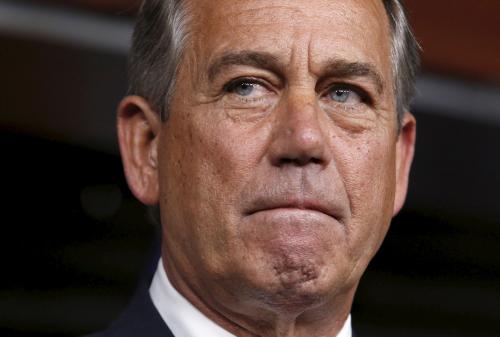
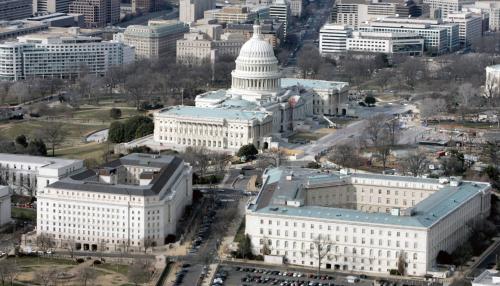
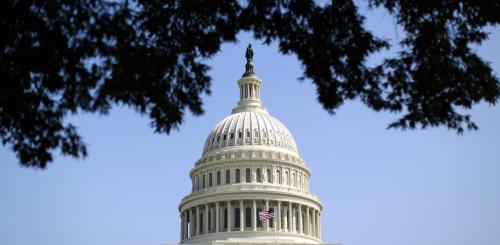
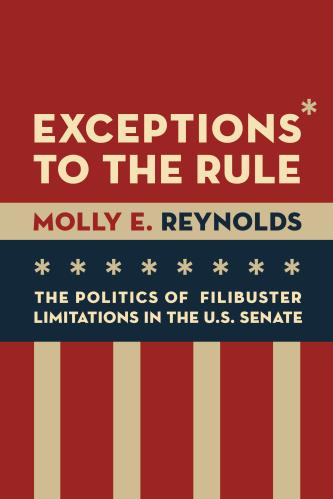
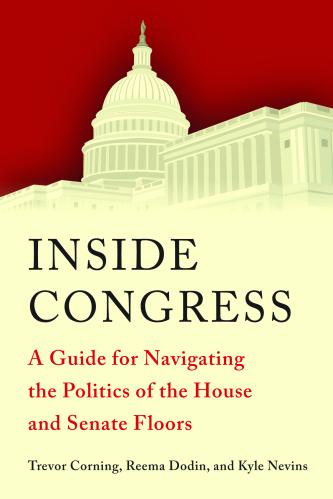




Commentary
Lessons learned from Congress’s recent budget deal
February 12, 2018